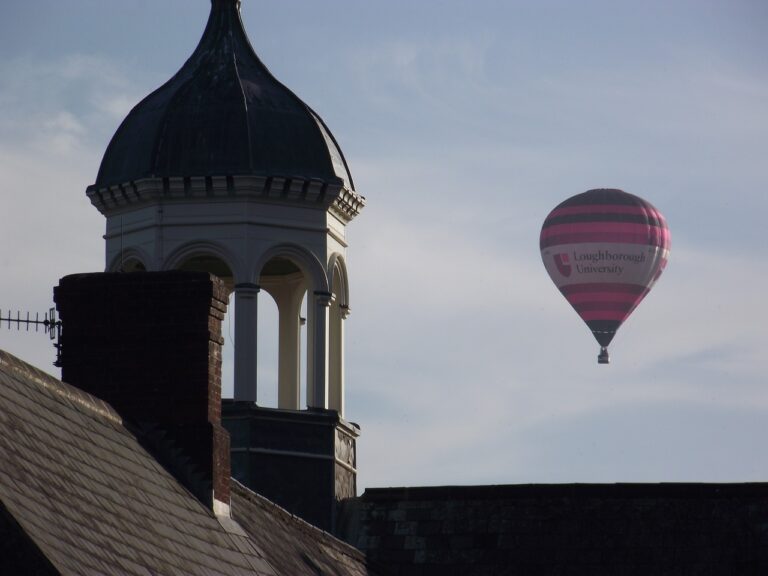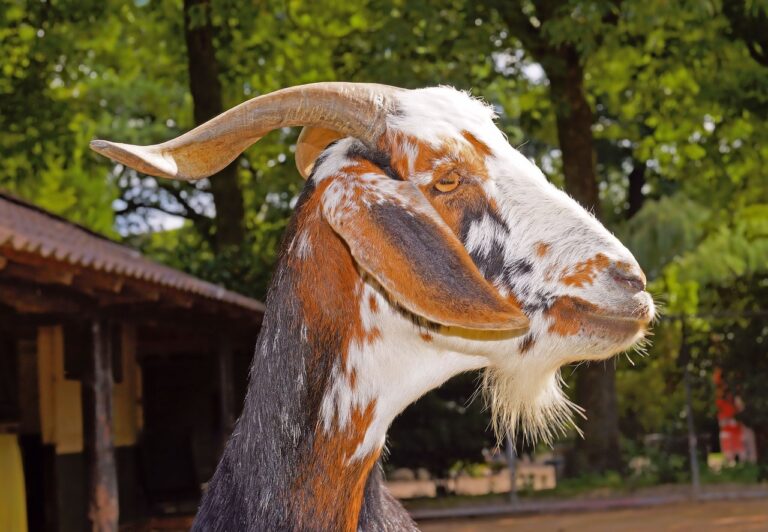Exploring Sound Editing in Nature Documentaries: Capturing Wildlife: Allpaanel, Laser247.com login, Betbook247 login
allpaanel, laser247.com login, betbook247 login: Exploring Sound Editing in Nature Documentaries: Capturing Wildlife
When it comes to creating captivating nature documentaries, sound editing plays a crucial role in bringing the viewer closer to the natural world. From the chirping of birds to the growls of predators, every sound captured in the wild adds depth and realism to the storytelling. In this article, we will delve into the art of sound editing in nature documentaries, focusing on how filmmakers capture wildlife through sound.
Setting the Scene: Creating an Immersive Experience
The first step in capturing wildlife through sound is setting the scene. Before heading out into the wilderness, filmmakers carefully plan the locations where they will shoot, taking into account the natural sounds present in the environment. This allows them to capture the ambient sounds of the wild, from rustling leaves to rushing water, and create an immersive experience for the viewer.
Recording Wildlife: Techniques and Challenges
Recording wildlife can be a challenging task, as animals are unpredictable and often elusive. Filmmakers use a variety of techniques to capture the sounds of wildlife, including remote microphones, parabolic reflectors, and binaural recording equipment. These tools allow them to capture the intricate sounds of nature without disturbing the animals in their natural habitat.
Sound Editing: Bringing the Wild to Life
Once the sounds of wildlife have been captured, the real magic happens in the editing room. Sound editors work tirelessly to mix and master the recordings, creating a rich tapestry of sounds that transports the viewer into the heart of the wild. By layering different sounds together and adding special effects, sound editors can create a dynamic and immersive auditory experience.
The Importance of Sound in Nature Documentaries
Sound plays a vital role in nature documentaries, adding emotional depth and realism to the visuals. By capturing the intricate sounds of wildlife, filmmakers can create a more engaging and impactful viewing experience for their audience. Whether it’s the haunting call of a wolf or the gentle chirping of crickets, every sound adds to the storytelling and helps bring the natural world to life.
FAQs
Q: How do filmmakers capture the sounds of wildlife without disturbing the animals?
A: Filmmakers use a variety of techniques, such as remote microphones and binaural recording equipment, to capture the sounds of wildlife without disturbing the animals in their natural habitat.
Q: What role does sound editing play in nature documentaries?
A: Sound editing plays a crucial role in nature documentaries, helping to create a more engaging and immersive viewing experience for the audience.
Q: How do sound editors create a dynamic auditory experience in nature documentaries?
A: Sound editors mix and master recordings of wildlife sounds, layering different sounds together and adding special effects to create a dynamic and immersive auditory experience for the viewer.
In conclusion, sound editing is a crucial element in capturing wildlife in nature documentaries. By carefully planning and recording the sounds of the wild, filmmakers can create a more engaging and immersive viewing experience for their audience. So next time you watch a nature documentary, pay attention to the sounds of the wild – you might just be surprised at how much they enhance the storytelling.







